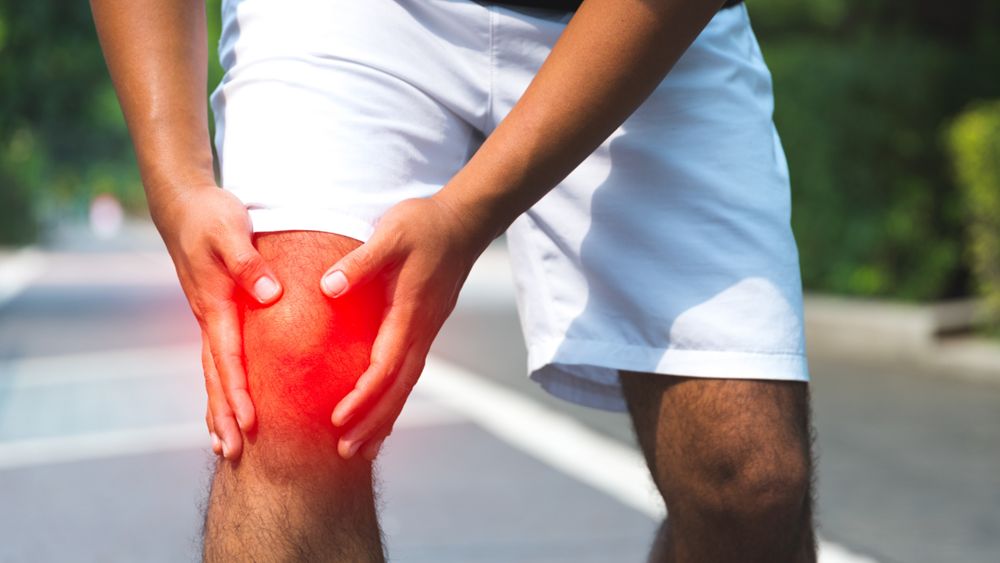

Staying active and comfortable despite joint pain is something many of us want – and the good news is: yes, in most cases joint pain can be effectively managed without resorting to surgery. Whether it’s osteoarthritis or post-injury discomfort, a holistic approach combining lifestyle changes, physiotherapy, medications, injections, weight loss, and activity modifications often delivers significant relief – helping you keep living life on your terms.
Non-surgical strategies are the cornerstone of joint health. According to the American College of Rheumatology and allied bodies, exercise such as tai chi, strength training, walking, swimming, and gentle yoga should be first-line recommendations for knee and hip osteoarthritis .
Education and goal-setting are vital – they empower you to stay involved in your care, and support from physios or trained instructors helps build a sustainable routine.
Physiotherapy remains a mainstay:
Consistency is key: benefits wane if the program is stopped, so taper gradually rather than quit if you hit a bump.
While no medication reverses joint damage, several options help manage symptoms:
Current guidelines generally don’t support the routine use of treatments like TENS, glucosamine, chondroitin, PRP (platelet‑rich plasma), or stem cells .
Adjusting daily routines can dramatically reduce wear and tear:
StepWhat to Do1See a physio: get personal exercise & education plan2Aim for weight reduction of 5–10% if overweight3Use paracetamol/NSAIDs for flare‑ups (short-term)4Consider corticosteroid or hyaluronic injections if pain is moderate–severe5Modify daily activities and include low-impact movement
Surgery (like a joint replacement) is usually considered only if conservative measures fail and your pain significantly limits mobility or quality of life – often when X‑rays show severe joint damage . But for many people, this well-rounded, non‑surgical approach is enough to manage pain, enhance function, and delay or avoid surgery entirely.
What type of joint pain can be managed without surgery?
Most cases of osteoarthritis, post-injury stiffness, and mild-to-moderate joint degeneration can be managed without surgery through a combination of non-invasive treatments.
How long should I try non-surgical options before considering surgery?
There’s no fixed timeline. If symptoms persist despite consistent, well-guided non-surgical care for 3–6 months, it may be time to revisit surgical options with your specialist.
Are cortisone injections harmful in the long term?
Used occasionally, cortisone injections are safe. However, repeated frequent use can weaken joint structures or cause cartilage thinning, so they’re typically limited to 2–3 injections per year per joint.
Can I still exercise with joint pain?
Yes – and it’s strongly encouraged. The key is to choose low-impact, joint-friendly activities and modify intensity based on symptoms. A physio can tailor your program.
Do joint supplements help?
Most studies show limited or inconsistent benefit from supplements like glucosamine or chondroitin. Speak to your GP before trying any.
Is weight loss really that important for joint pain?
Yes. Even a 5–10% reduction in body weight significantly reduces stress on load-bearing joints, especially the knees and hips.